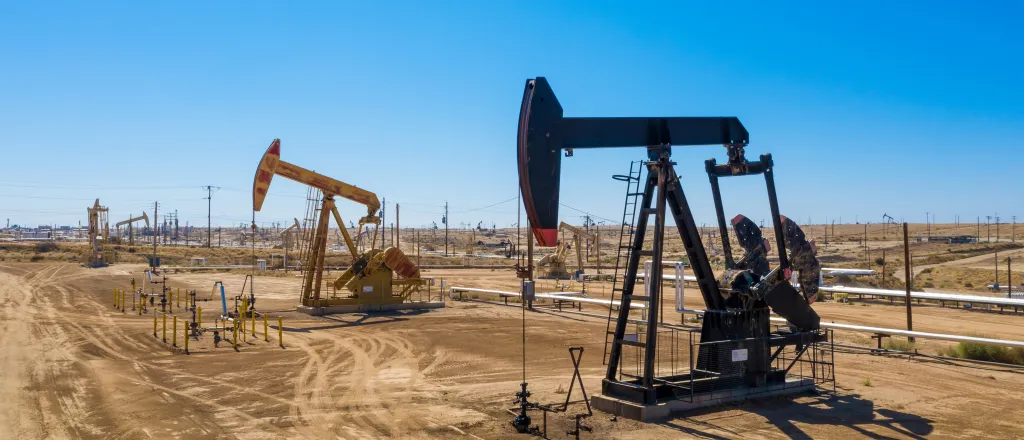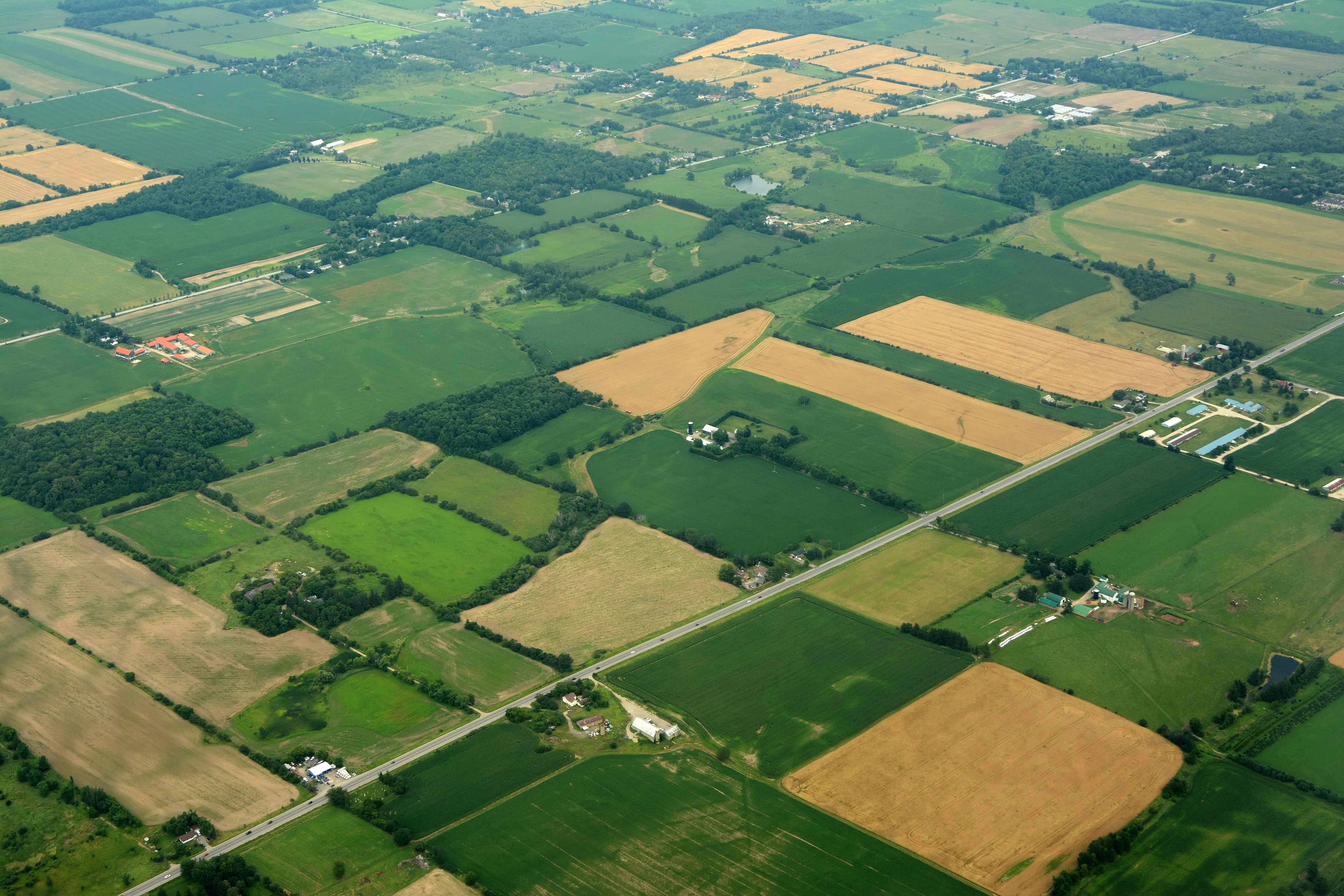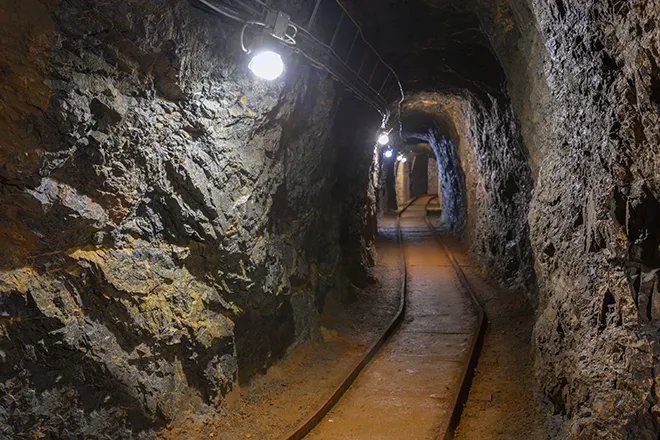
Oil production on federal lands reaches record high
By Derek Draplin | The Center Square
Oil produced on federal land leased by the U.S Department of Interior topped one billion barrels last year, the department said Wednesday.
Royalty revenues from the leases totaled $7.5 billion in fiscal year 2019, according to the department, a 21 percent increase from the previous year.
Oil production on DOI-managed lands last year, which accounted for almost 24 percent of all U.S. oil production, was up from 923 million barrels in 2018 and 870 million in 2017.
“The Trump Administration continues to appropriately develop our natural resources and be great stewards of conservation, benefiting all Americans,” U.S. Interior Secretary David Bernhardt said in a statement.
The department attributed the increased production to a pair of President Donald Trump’s executive orders that sought to expand energy development.
Oil production on Native American lands also hit a high of over 92 million barrels in 2019, an increase from 84 million barrels the previous year, according to data from the department.
“Disbursements paid to states and Tribes from oil lease revenues go right back to the communities where the energy was produced, providing critical funding for schools, public services, conservation improvements, coastal restoration and infrastructure projects that create good-paying American jobs,” Bernhardt added.
The Wilderness Society, a land conservation advocacy group, released a report Wednesday that said fossil fuel energy leases on public lands issued by the Trump administration could account for “between 1 billion and 5.95 billion metric tons (MT) of carbon dioxide equivalent (CO2e).”
“That equates to more than half of the annual emissions of China – by far the world’s worst emitter,” the report said.
While oil production on DOI-managed lands has gone up significantly since 2011, other reports indicate that carbon dioxide emissions have gone down overall in the U.S.
Since 2000, the United States’ emissions have gone down 1 gigatonne since 2000, an International Energy Agency report released Tuesday.
While global carbon dioxide emissions flatlined in 2019, the U.S. “recorded the largest emissions decline on a country basis, with a fall of 140 million tonnes, or 2.9 percent,” IEA said in a statement.
DOI also manages activities other than energy development on federal lands, such as recreation, grazing and timber leases. In fiscal year 2018, all activities on DOI-managed land contributed $315 billion in economic output and supported 1.8 million jobs nationally.
"The news from the Department of the Interior that U.S. oil production on federal lands surpassed 1 billion barrels in 2019 is positive proof that we can and should continue to actively develop and produce essential domestic energy on public lands," said Jason Hayes, director of Environmental Policy at the Michigan-based Mackinac Center for Public Policy, a free market think tank.
"The additional reports from the International Energy Agency that we decreased CO2 emissions at the same time as we produced record-breaking amounts of oil and natural gas is just icing on the 'energy dominance' cake," Hayes added. "Our domestic energy resources are allowing American consumers and businesses to enjoy extremely low energy prices, while providing jobs and investment in infrastructure across the nation. This is definitely a ‘win-win’ situation."
















